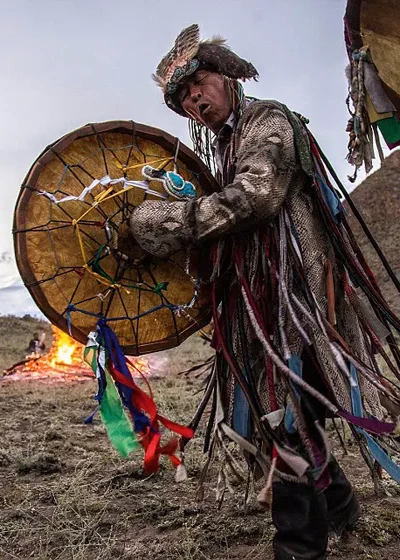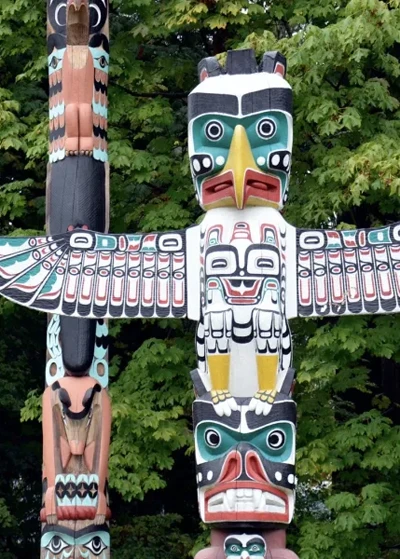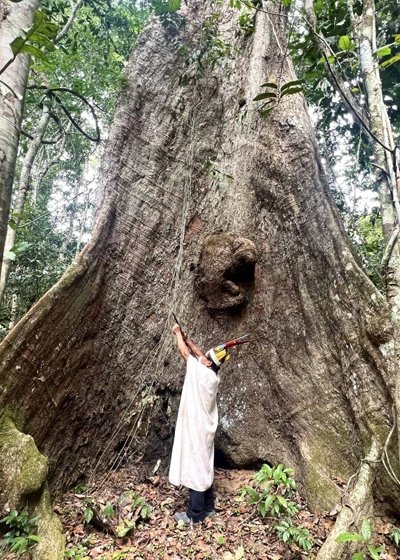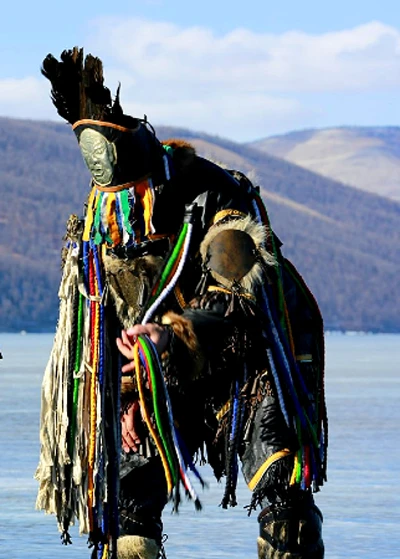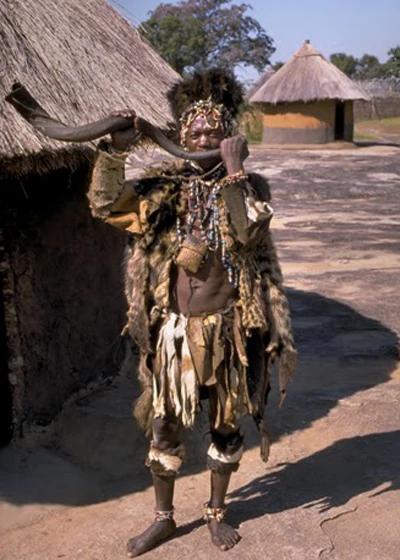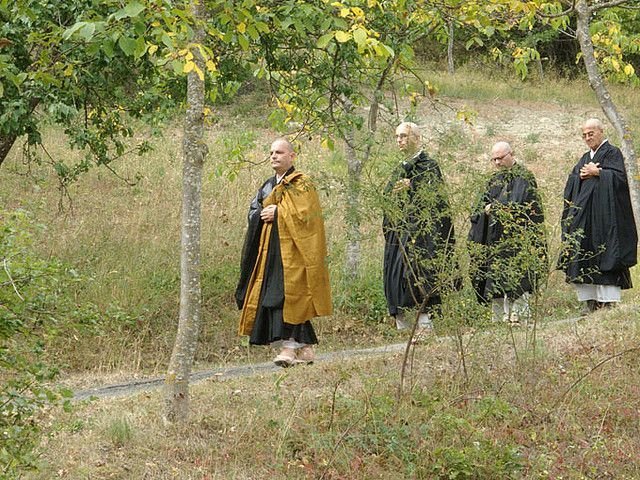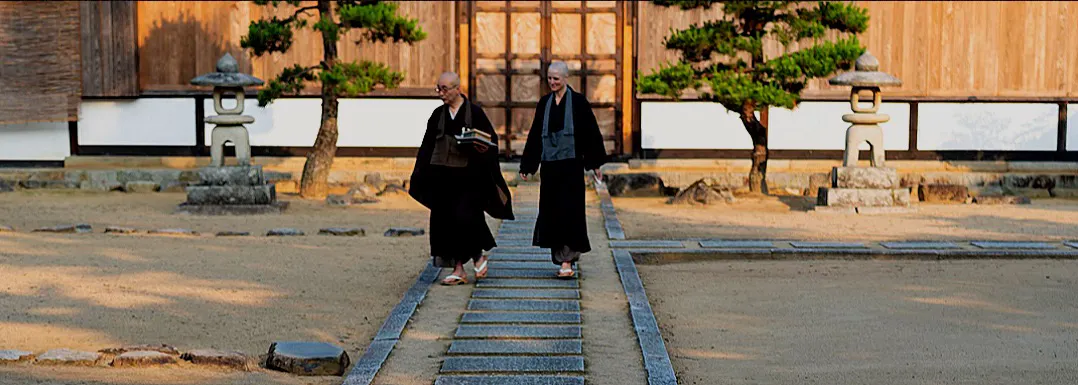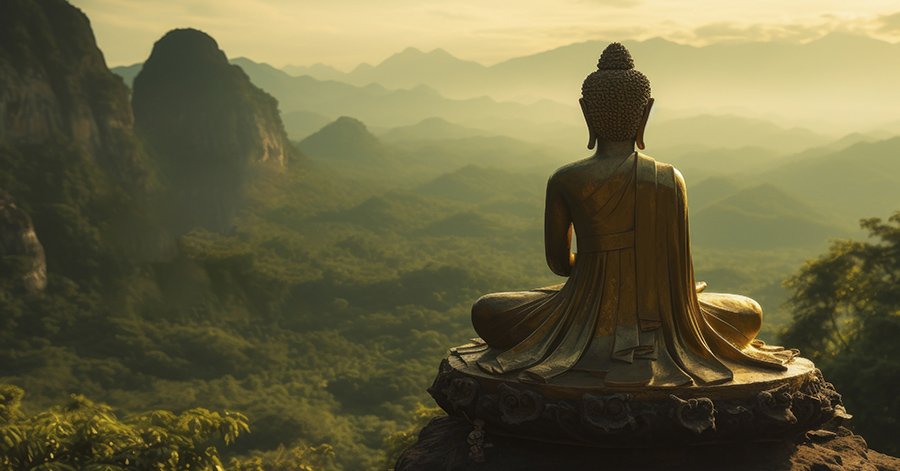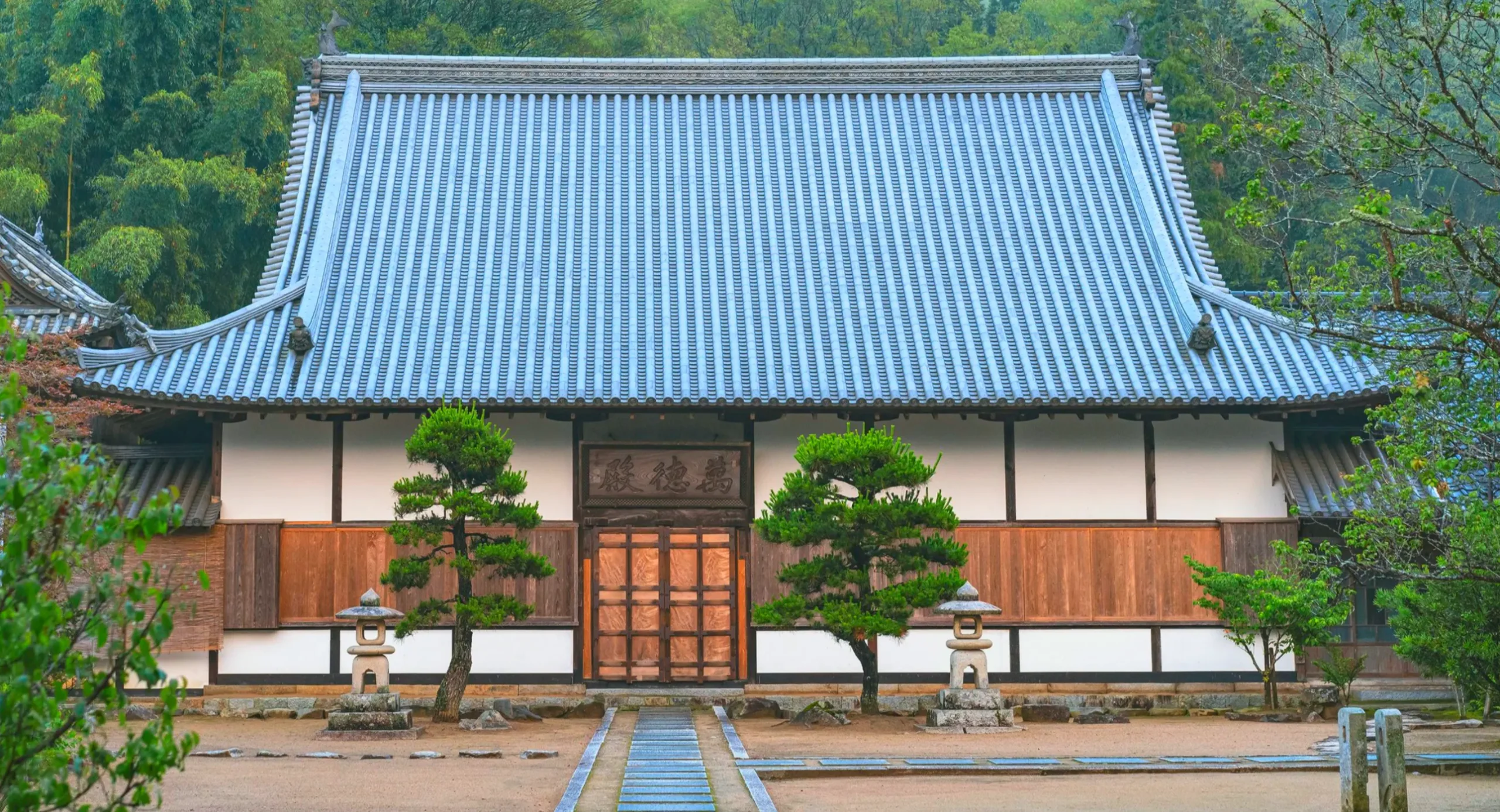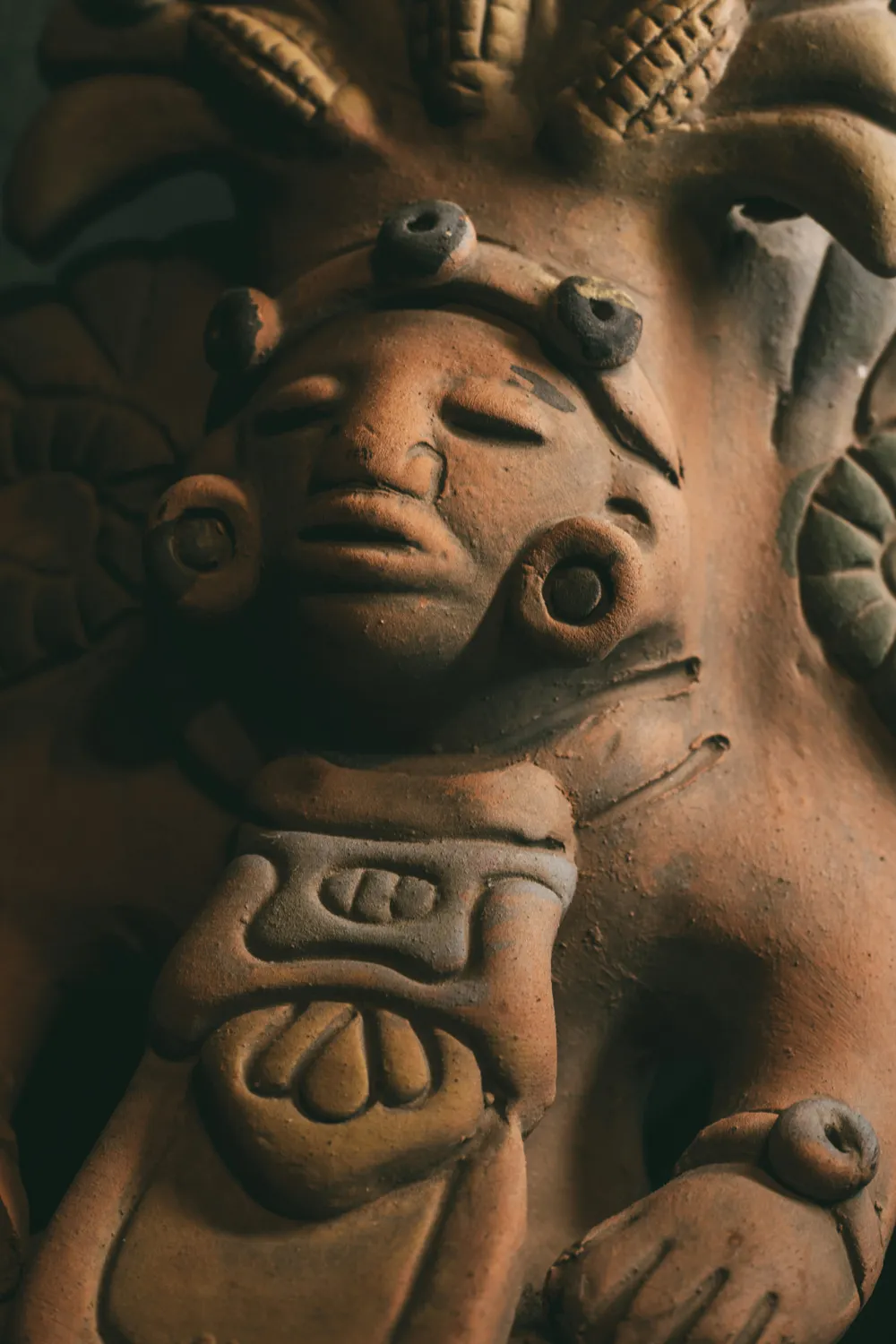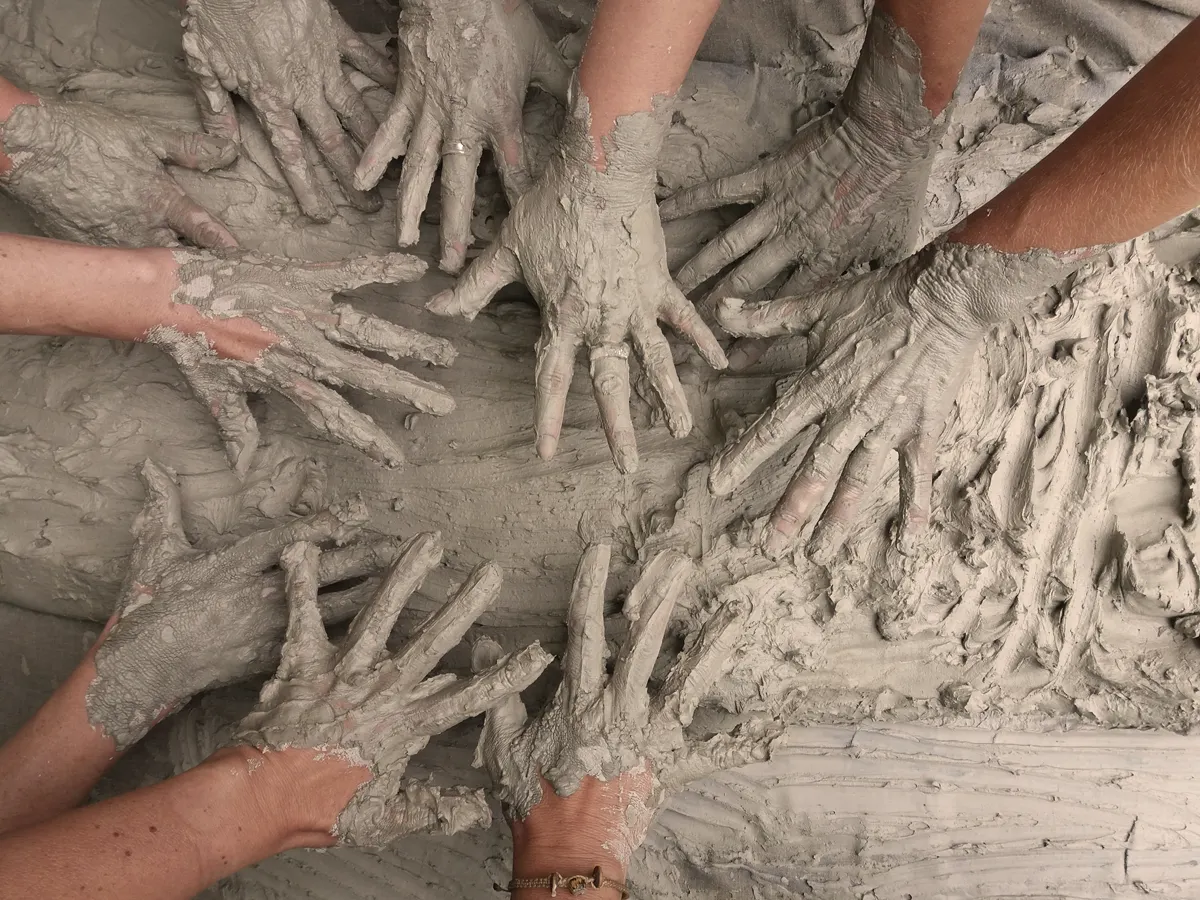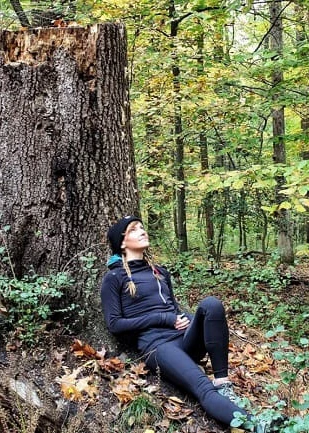
Forest Bathing as a Shamanic Practice: Rewilding Your Spirit Through Nature’s Medicine

Nature - Way of Medicine
– Composed by Letitia Webber, and edited by Ekan Nangaku Leisching
Part 2 of a 4-Part Journey
This is an invitation to awaken the medicine within you, to listen deeply to the voice of Nature, and to discover what it means to live in harmony with your truest authentic self.
In recent years, forest bathing—known as shinrin-yoku in Japan—has captured global attention as a powerful way to reconnect with nature and restore wellbeing. Rooted in mindful immersion in the forest, it offers profound health benefits such as stress reduction, immune support, and mental clarity. But beyond these physical and psychological effects lies a deeper, spiritual dimension that shamanism has long embraced.
At Born as the Earth Zen Academy, we invite you to explore forest bathing as a shamanic practice—a sacred journey into the living world where nature spirits, ancient wisdom, and the medicine wheel guide your path. This practice is not just about being in the forest; it’s about rewilding your spirit, awakening authentic connection, and discovering the transformative power of nature’s medicine.
Across Europe and beyond, seekers are turning to ancient woods—like the Black Forest in Germany or the Caledonian Forest in Scotland—not only for their beauty but for their spiritual potency. Join us as we dive into this rich tradition and offer practical ways to deepen your own forest bathing experience through shamanism.
What is Forest Bathing?
Forest bathing originated in Japan in the 1980s as a nature therapy practice designed to encourage people to slow down and immerse themselves fully in the forest environment. The term shinrin-yoku literally means “taking in the forest atmosphere” or “forest bathing.”
The Science Behind Forest Bathing
Numerous studies show that spending time in forests can:
- Lower cortisol (stress hormone) levels
- Boost immune function through exposure to phytoncides (natural chemicals released by trees)
- Improve mood and reduce anxiety
- Enhance focus and creativity
These benefits have led to forest bathing’s popularity worldwide, especially in urbanized societies craving nature connection.
Forest Bathing vs. Shamanic Forest Bathing
While modern forest bathing emphasizes health and mindfulness, shamanic forest bathing goes deeper. It recognizes forests as conscious, living beings inhabited by nature spirits—guardians of the earth’s wisdom. The forest becomes a sacred teacher and healer, inviting you into a relationship rather than just a place to visit.

Shamanic Forest Bathing: A Deeper Connection
In shamanism, the forest is not a backdrop but a vibrant, sentient realm. Trees, plants, animals, stones, and waters are all alive with spirit and intelligence. Shamans journey into these realms to communicate with nature spirits, seeking guidance, healing, and transformation.
The Medicine Wheel and the Forest
As you walk through the forest, you are invited to connect with the elements:
Fire: The sun’s warmth on your skin, the energy of transformation and passion that stirs within the forest’s heart.
Water: Streams, dew, and rainfall—cleansing, flowing, and carrying the wisdom of renewal through every living thing.
Earth: The rich soil beneath your feet, the roots grounding you in stability, nourishment, and belonging.
Nature: The living tapestry of plants, animals, fungi, and the wild unpredictability that brings the forest to life.
Stone: Ancient rocks and boulders, silent witnesses to time, holding memory, strength, and the deep wisdom of the land.
This elemental awareness deepens your immersion and aligns you with the unique rhythms and teachings of the forest.
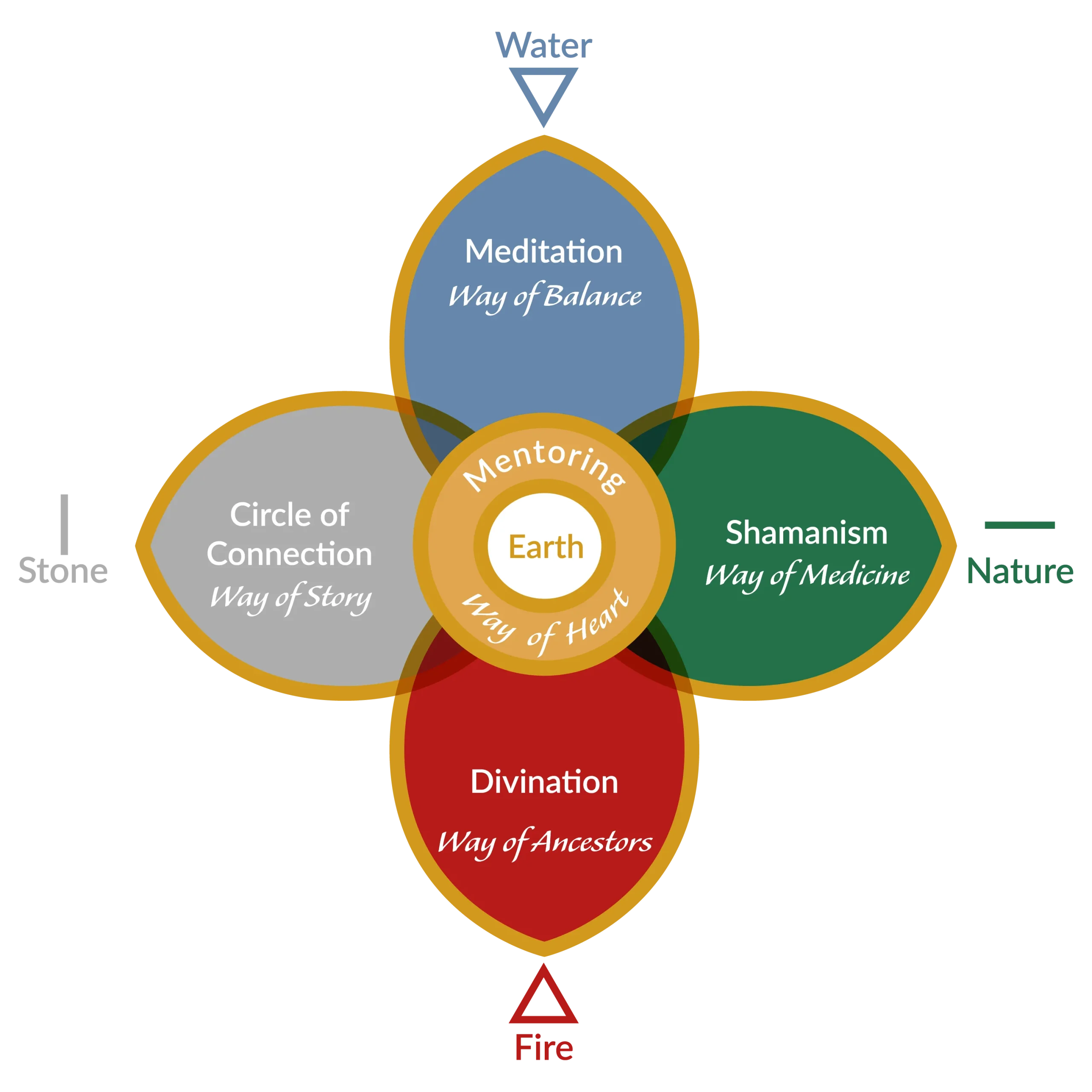
Ancient Woods and Modern Seekers
Europe is home to some of the world’s oldest and most sacred forests, such as:
The Black Forest in Germany, steeped in folklore and mystery.
The Białowieża Forest on the Poland-Belarus border, one of Europe’s last primeval woodlands.
The Caledonian Forest in Scotland, a remnant of ancient woodlands.
These forests have long been places of spiritual significance, where indigenous peoples and modern seekers alike find connection and healing. Today, many are rediscovering these landscapes through forest bathing, shamanic retreats, and nature spirituality practices.

Rewilding the Spirit
Forest bathing as shamanic practice is about rewilding—returning to your natural, authentic self. It’s a process of shedding societal conditioning and reconnecting with your primal essence. The forest’s unpredictability teaches surrender and trust, inviting you to embrace change and transformation.
Practical Shamanic Forest Bathing Techniques
1. Setting Your Intention
Before entering the forest, take a moment to set a clear intention. What do you seek? Healing, guidance, presence? Speak or silently hold this intention as a sacred invitation.
2. Grounding and Creating Sacred Space
Stand barefoot if possible, feeling the earth’s energy (Read: Earth’s Deep Hum – The Schumann Resonance). Visualize roots extending from your feet deep into the soil. You may call in your spirit guides or nature allies for protection and support.
3. Mindful Walking and Sensory Awareness
Walk slowly and attentively. Engage all senses:
Listen deeply to bird songs, rustling leaves, and the forest’s hum.
Touch bark, leaves, and stones, feeling their textures and energies.
Smell the earth, flowers, and pine.
Observe colors, shapes, and light patterns.
Allow yourself to be fully present.
4. Listening and Communicating with Nature Spirits
Pause to sit or stand quietly. Open your heart and mind to receive messages—through images, feelings, or intuitive knowing. You might sense the presence of a tree spirit, an animal guide, or the spirit of the stream (Read: Since The Beginning, Water Announces Life).
5. Rituals and Offerings
Offer gratitude by leaving small gifts—water, herbs, or natural objects—respectfully and without harm. You can also sing, drum, or speak prayers to honor the forest’s spirit.
6. Reflection and Journaling
After your forest bath, take time to journal your experiences, insights, and any messages received. This deepens your integration and awareness.
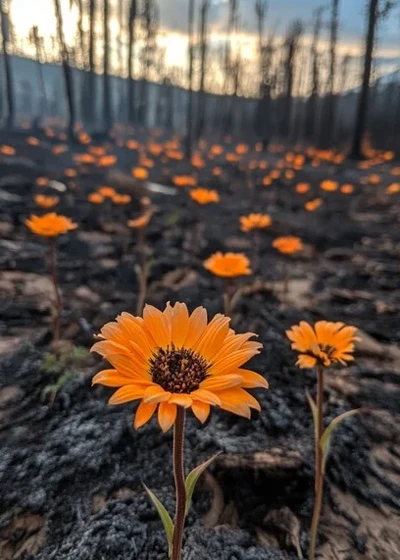
Forest Bathing and Authenticity: Lessons from Nature’s Unpredictability
The forest is a living teacher of authenticity. Its cycles of growth, decay, and renewal mirror our own spiritual journeys. Nature’s unpredictability invites us to let go of control, embrace vulnerability, and trust our inner wisdom.
Shapeshifting—the ability to embody animal or elemental spirits—is a powerful metaphor in shamanism for transformation. As you bathe in the forest’s energy, you may feel called to embody the strength of a bear, the agility of a fox, or the stillness of a stone. (Read: Nature Spirits in Shamanism: Guardians and Guides of the Natural World). These experiences guide you toward authentic expression and personal growth.
A Call to the Seekers
If you feel called to rewild your spirit and deepen your connection with nature’s medicine, explore Born as the Earth Zen Academy’s meditation and shamanic training. Our programs provide tools, teachings, and community support to help you walk your authentic path.
Sign up for our newsletter to receive guided practices, insights, and invitations to upcoming workshops.
Discover more about our Apprentice Training and begin your transformative journey today.
Frequently Asked Questions (FAQs)
Q: What is the difference between forest bathing and shamanic forest bathing?
A: Forest bathing generally focuses on mindful immersion and health benefits, while shamanic forest bathing includes spiritual practices that connect you with nature spirits and the medicine wheel for deeper transformation.
Q: Can anyone practice shamanic forest bathing?
A: Yes, with respect, intention, and openness, anyone can begin to cultivate this sacred relationship with the forest.
Q: How often should I practice forest bathing to feel benefits?
A: Even short, regular visits to natural spaces can be beneficial. For deeper shamanic connection, longer immersive sessions or retreats are ideal.
Q: What should I bring or prepare for a forest bathing session?
A: Comfortable clothing, a journal, water, and a small offering if you wish. Most importantly, bring an open heart and willingness to listen.
Medicine of NATURE Module
Way of Medicine
21 August - 5 October 2025

Read the signs around you. Meet unpredictability with authenticity and curiosity. Trust your medicine to meet revolutionary moments with truth. In this Module we study medicine gifts; transformation; the trickster; authentic expression; transformation; shapeshifting and truth.
Shamanic Training Sessions
These private training sessions are a unique opportunity to learn various shamanic practices. It is recommended for you to plan for ongoing weekly or monthly personalized training sessions. The first session would engaged to discern where your particular inclination lies in the realm of shamanic practices: Dreamwork; Divination; Rituals; Healing; Intuition; The Medicine Wheel; Myths; Spirit Work etc..
Once on your path of self-exploration, individualized training and practices will be offered to you in which you will be guided to acknowledge, affirm and nurture your unique gifts on your path to becoming a healer.

Why explore Shamanism?
I want to learn various shamanic practices
I want to expand my consciousness
I want to access my inner wisdom
I want to know what my unique spiritual gifts are
PERSONAL SHAMANIC TRAINING
R900 per session (Africans)
€135 per session (Internationals)
Live training sessions with Ekan Nangaku (50min session)
Tues – Thurs 1-5pm SAST
NATURE-BASED WISDOM TALKS
2 x R1000 monthly payments (Africans)
2 x €150 monthly payments (Internationals)
Listen in live to 4 x online Nature-Based Wisdom talks delivered in the Advanced Training Modules (12 hrs of Elemental Teachings)
Create and perform your own customised transformational rituals alongside Apprentice and Student Gatekeepers

